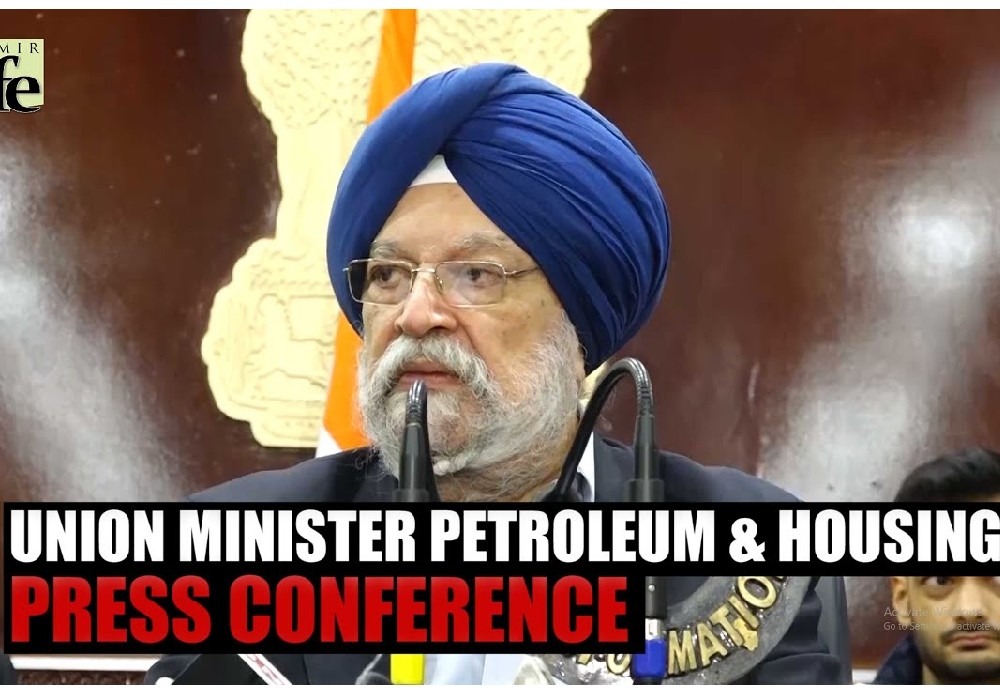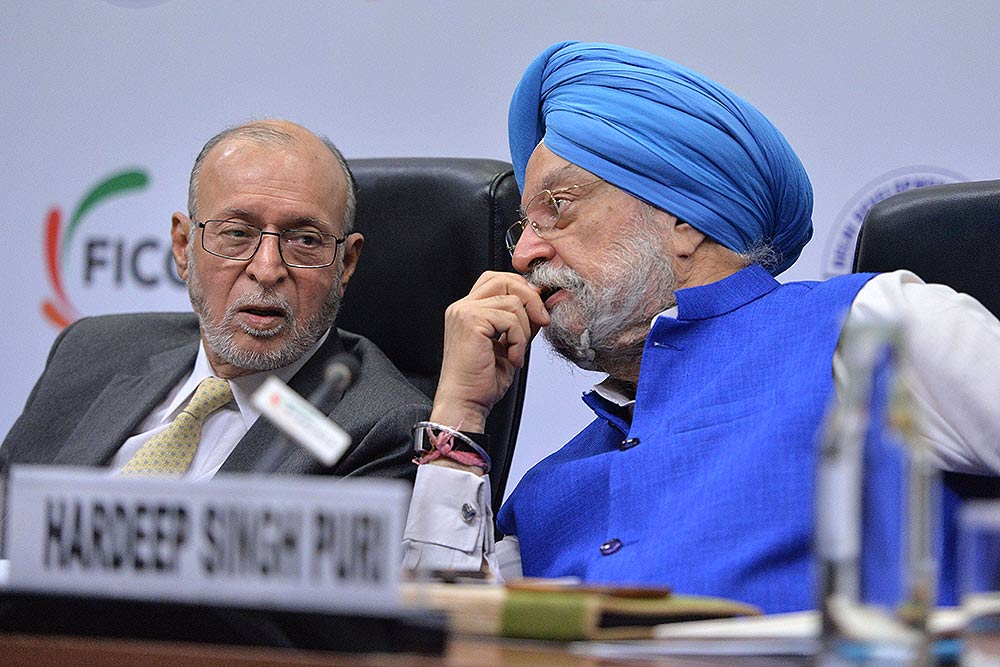IEW, India’s flagship energy event, plans to position the country as an energy transition powerhouse. The path ahead could be a green one, going by the line-up of events during the IEW, beginning with the launch of the E20 fuel. This is scheduled to be piloted in petrol pumps across various states. E20 derives its name from the actual combination; it is a blend of 20 per cent ethanol with petrol. The government has a mission to achieve a complete 20 per cent blending of ethanol by 2025. The target is probably being achieved with oil marketing companies setting up 2G-3G ethanol plants.Last August, India became home to a 2G (second generation) ethanol bio refinery, which is the first of its kind in Asia.
With sustained efforts by the government, the production of ethanol has perhaps seen a six-fold increase since 2013-14. The country’s Ethanol Blending Programme & Biofuels Programme has helped reduce 318 lakh tonnes (31.8Mt) of CO2 emissions. Another advantage is the foreign exchange (forex) savings amounting to around ₹54,000 crore (540bn rupees, £5.4bn).
Such efforts may help reinforce India’s vision of Atmanirbharta or Self Reliance. “India’s energy demands are being met by four pillars. This is the increase in domestic exploration and production; besides diversifying supplies; tapping alternative energy resources and focusing on EV and hydrogen decarbonisation efforts,” said Prime Minister (PM) Narendra Modi, while inaugurating IEW. The event, which is on in Bangalore, is also live cast on YouTube.
India has the world’s 14th largest refinery capacity. “Our vision of One Nation, One Grid is being achieved through energy terminals and re-gasification efforts. The gas pipeline network has grown from 14,000km in 2014 to the present 22,000km. In the next four-five years, the goal is to achieve 35,000 km,” explained Modi. This is an opportunity for start-ups and investors to enrich the energy landscape.
The Union Budget 2023-2024 has provided a sum of ₹35,000 crore (350bn rupees, £3.5bn) for priority capital investments towards energy transition and net zero objectives, and energy security by Ministry of Petroleum and Natural Gas. “Over 60 million people visit petrol pumps across the nation every day. India’s energy agenda is inclusive, market based and climate sensitive. Our initiatives are for making energy accessible and affordable,” added Hardeep Singh Puri, Minister of Petroleum and Natural Gas.
Innovative initiatives are under way for India to achieve the net zero target by 2070. Sustainability and respect to Planet Earth form the crux of these initiatives. One such plastic neutrality effort is Unbottled, the brainchild of the Indian Oil. This a brand for sustainable garments, launched for merchandise made from recycled polyester. The firm’s retail customer attendants and LPG delivery personnel will sport uniforms made from recycled polyester (rPET) and cotton. Each set of uniform worn by the Indian Oil’s customer attendants will support the recycling of around 28 used PET bottles. It seems an interesting means of phasing out single-use plastic. PM has launched the uniforms.
Another highlight is the twin-cooktop model of the Indian Oil’s Indoor Solar Cooking System. Flagged off by Modi, this model is all set for its commercial roll-out. This indoor solar cooking solution works on both solar and auxiliary energy sources simultaneously.
In an effort to spread awareness of green fuels, PM has also flagged off the Green Mobility Rally, which features vehicles that ply on green energy sources. “Fifty per cent of power production in Karnataka comes from renewable energy. We will have renewable energy pump storage facilities in the future,” highlighted Basavaraj Bommai, the Chief Minister (CM) of Karnataka, which has the highest number of EV passenger vehicles in India. It is intended to make Karnataka a leader in EV manufacturing in India. Given that the state is home to sugarcane units, it is envisioned to focus on biofuel production. “The recently concluded Global Investors Meet is expected to bring in over 3 lakh crore (3tn rupees, £30bn) investments in green hydrogen power projects, and over 2 lakh crore (£20bn) investments in renewable energy is also expected. Maximum Power with Minimum Emission is our energy motto,” explained CM Bommai.
IEW will hopefully energise companies to work towards net zero emissions, a pledge that PM took at COP26 to cut India’s emissions to net zero by 2070. This could help the country evolve into a gas-based economy. Energy demands in India may rise as its economy scales up. This may unfold infrastructure related job openings like pipelines, terminals, supply chains and logistics, de-carbonisation and energy transmission measures. Investments could also follow. The sum of all this may help India grow into a strong energy hub in the world of global energy communities.
India Energy Week is on from February 6-8 at the Bangalore International Exhibition Centre (BIEC). Over 30,000 delegates and 500 speakers have congregated to discuss the challenges and opportunities of India’s energy future. The participation of international energy professionals at IEW is expected to evoke dialogues with them.

देश में एक करोड़ यात्री प्रतिदिन कर रहे हैं मेट्रो की सवारी: पुरी ..

Union Minister for Petroleum and Natural Gas and Housing and Urban Affairs, Hardeep Singh Puri addressing a press conference in ..

Joint Press Conference by Shri Hardeep Singh Puri & Dr Sudhanshu Trivedi at BJP HQ| LIVE | ISM MEDIA ..
(3).jpg)
"I wish a speedy recovery to former Prime Minister Dr Manmohan Singh Ji. God grant him good health," Puri wrote. ..